FTA (изд-во). Flexography: Principles And Practices. Vol.1-6
Подождите немного. Документ загружается.


106 FLEXOGRAPHY: PRINCIPLES AND PRACTICES
A: TOOLS FOR MOUNTING AND PROOFING
Cleaning Cloths [5]: For washing plate cylinders,
gears or the mounting and proofing machine, a
regular industrial rag is adequate. For cleaning
plates, a lint-free cloth is necessary. Discarded
nylon stockings are also ideal for washing plates.
Diameter or PI () Tape [10]: A flexible, steel rule
with very precise markings for finding the diame-
ter and circumference of a cylinder.
Emery Cloth [12]: Very fine grade is used for spot
makeready, only on the back of a plate and over
a very small area. Coarse grade is for roughing
up the underside of the plate’s leading and trail-
ing edges (nonprinting areas of plates) to
improve bonding with the stickyback and prevent
plate lifting.
Feeler Gauges [8]: A solid bar of soft metal roughly
1" wide and 6" to 8" long, whose thickness must
be made equal to that of the combined printing
plate and stickyback. For 0.125" plates, 0.125"
brass or aluminum stock is readily available. It is
used at the mounter-proofer to establish a pre-
cise parallel of the plate cylinder to the impres-
sion cylinder. It is also used at the press to paral-
lel the plate cylinder to the impression cylinder
and the anilox roll to the plate cylinder.
Hook-nose Pliers [17]: For stripping out unwanted
areas of rubber after cutting. They are especially
useful when working with two-ply rubber solids.
Knives [1]: Different types and sizes are designed
for cutting stickyback, trimming plates and mak-
ing precise butting joints. Preferably, knives with
replaceable or refreshable blades ensure sharp
cutting at all times.
Magnifier or Loupe [20]: 20x or higher, used to
inspect fine detail and dot work.
Needle Syringe [21]: Of the extraction type, it is
2 cc or 4 cc in size. Provides an excellent means
of releasing air that may be trapped under a plate
or stickyback.
Pica Ruler [22]: Used to check type size and lead-
ing.
Picks [6]: Steel picks, scribers or sharply-pointed
instruments are helpful for various operations,
such as piercing the nonimage area of rubber
plates to release air trapped between the sticky-
back and the plate or the stickyback and the
plate cylinder. Discarded dental tools are excel-
lent for this purpose.
Scissors [3]: Used for general trimming and cutting
of stickyback, plates and makeready tapes. They
should be 5" or more in length and have sharp
cutting blades.
Solvents [11]: Bensol, toluol, naphtha, alcohol, etc.,
are used in the mounting and proofing area and
should be housed in prescribed safety contain-
ers. The same holds for the waste rags which
are used with these solvents.
Steel Square [15]: For cutting stickyback to exact
sizes.
Stickyback Smoother [16]: A piece of flexible
spring steel about 0.025" thick and 2.5" x 3.5" in
size. After piercing air traps in the stickyback,
this tool smooths out the wrinkles. Use of this
tool instead of your hand can make the sticky-
back lie more evenly without effecting its tacki-
ness.
Tape [19]: Adhesive tape, cello, polyester, polyvinyl
chloride, etc., available in various thicknesses
from 0.0009" to 0.005", used to raise low-copy
areas, such as an entire copy block or a big solid
– by applying it to either the back of the plate,
the back of the stickyback or directly to the bare
cylinder. It offers the advantage of knowing just
how much buildup is being applied with no wait-
ing time for drying, as with brushed-on make-
ready materials.
Trammels and Dividers [13]: Used in checking pre-
cise plate spacing across the cylinder, such as
from scribe line to scribe line, center to center, or
point to point of copy.
Tweezers [2]: For holding small areas of plates that
are being trimmed away, such as net-weight
slugs or code numbers. Tweezers enable the
operator to lift the unwanted area and guard
against penetration of the stickyback.
Wrapping Film [18]: A low density polyethylene
film (about 2.5" wide) for wrapping the plate
cylinders after the plates have been mounted and
proofed, it is useful in eliminating captive air
pockets and giving the plates a uniform distribu-
tion of impression, ensuring good contact to the
stickyback.
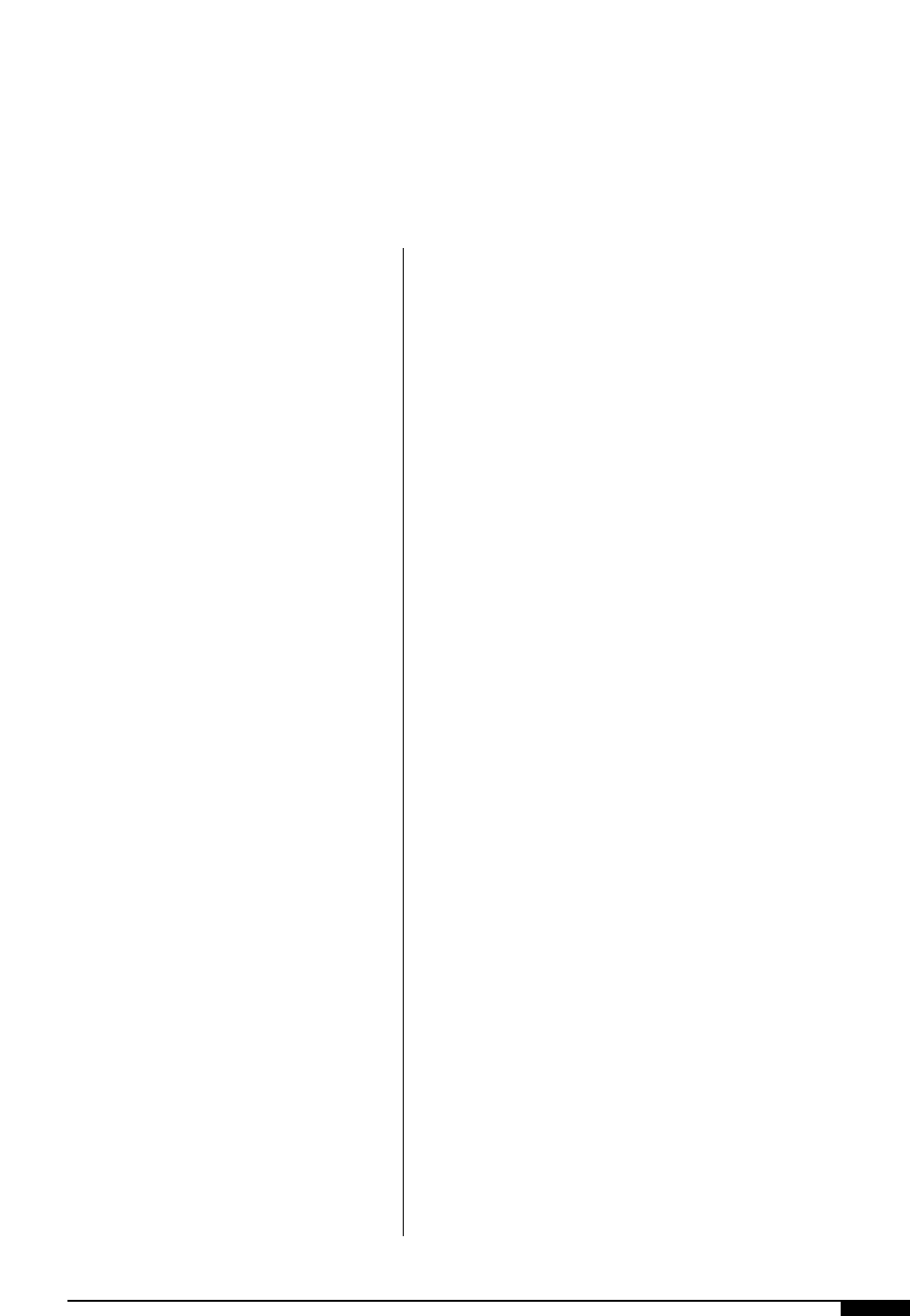
B
bag-folds, 83
bearers, 13, 14-15, 17, 18, 19, 55, 56, 57
C
composite proof, 82
computer-to-sleeve, 94-95, 96-97
ctp, see direct-to-plate
cts, see computer-to-sleeve
D
design roll, 37-41
artwork, 40
engraving the cylinder, 40
laser-engraved, 38, 96
proofing and inspection of, 40-41
direct-to-plate (dtp), 41-43, 96
ink-jet mask, 43
integral mask, 42
laser ablation, 42
dtp, see direct-to-plate
durometer, 24-25, 32, 46
dual, 25, 37
measuring, 46-47
F
film drill, 86
film negative, 5, 24, 27, 34, 42, 52
exposure, 30, 32
requirements, 7-8, 9, 27
former-guide marks, 83
G
gears (mounting), 18, 67, 70
I
impression cylinder, 62, 64, 66-67, 70-71, 75,
76, 78, 79, 80, 98, 99, 104
ink, 22, 23, 24, 39, 45, 48, 53, 54
formulation, 3, 45
transfer, 3, 5, 6, 7, 10, 24, 26, 40, 53, 54
water-based, 29, 53
K
K-factor, 51-52
L
laser ablation, 37-38, 43
M
matrix, 13, 19, 20
making the matrix, 14-16
mold, 4, 10, 13
deep-relief, 14, 16
shallow-relief, 13, 16
molding (vulcanizer) press, 12-13, 16, 14,
18, 19, 24, 47
temperature, 15, 16, 17
vulcanizing, 13, 15, 16, 26, 32, 39
molding the matrix, 16-17
troubleshooting, 55
metal masters, 10-12
micro dots, 3, 2694
mounting tools, 69, 105-106
P
photopolymer masters, 6, 10, 12, 13, 14
pin register system, 85, 88, 91, 92
accuracy, 88, 93
plate cylinders, 20, 25, 41, 63, 64, 66-67, 68,
73, 96, 102
cleaning, 73
mounting, 48, 66, 68, 70-74, 91-92, 94-95,
97, 98, 100
wrapping, 82
plate distortion calculation, 52
plate distortion factor; see K factor
plate drill, 86, 93
plate layout, 71
corrugated postprint, 73
plate punch, 88, 90
plates
bevelling, 4, 47, 74
capped, 25, 32, 37
cleaning, 48, 73
direct-imaged, 8
distortion, 3, 6, 18, 51
dividing head, 70,73
durometer, 5, 6, 10, 12, 13, 14, 24, 25, 30,
37, 46, 146-147
framing, 75
laser-engraved, 8
liquid photopolymer, 6, 7, 25, 86
capping, 32
casting, 30
MOUNTING AND PROOFING 107
Index
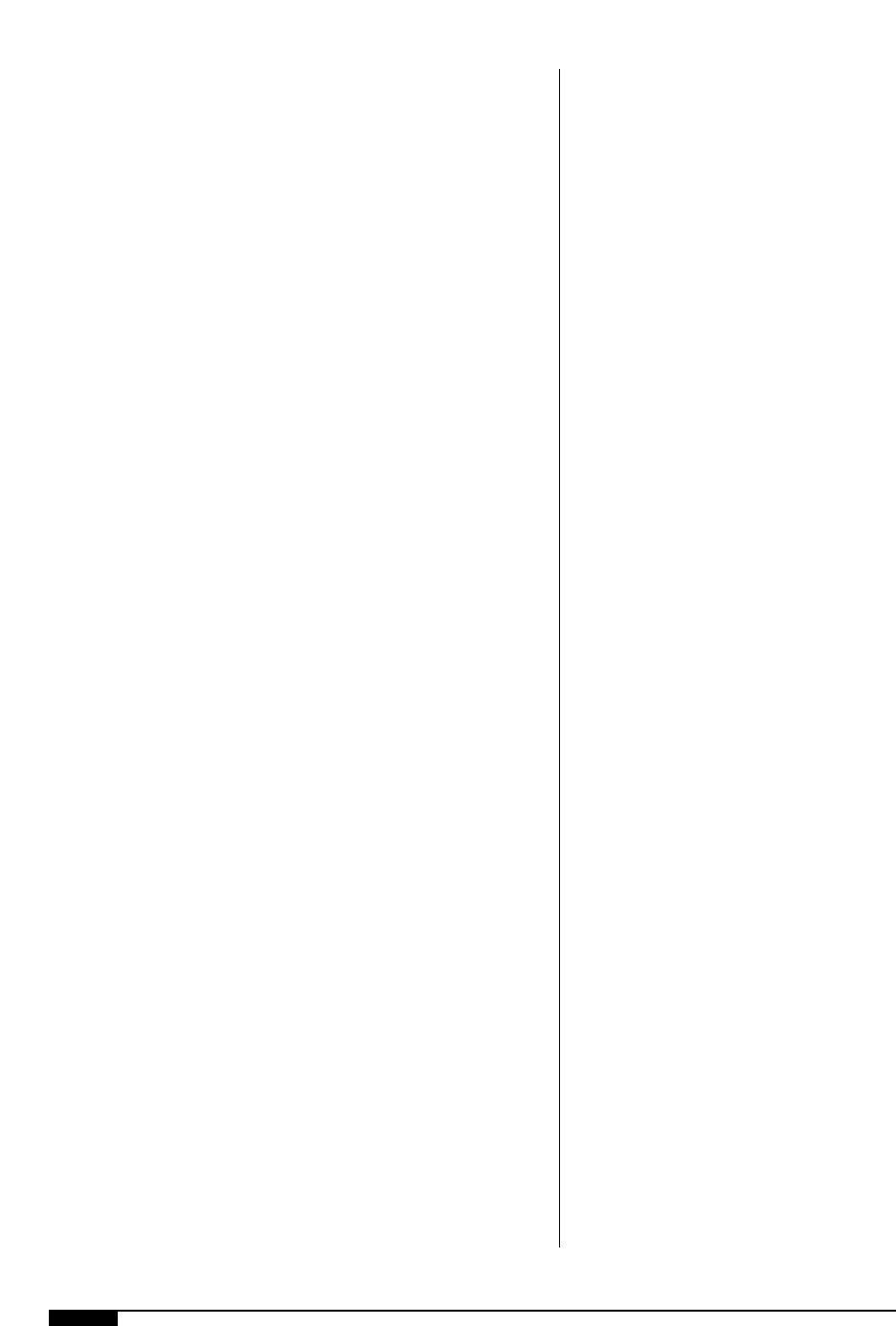
108 FLEXOGRAPHY: PRINCIPLES AND PRACTICES
equipment, 30
exposure, 30-32
image-positioned plates, 32-33
laser ablation, 37-38, 43
light finishing, 32
makeready, 32
platemaking. 6, 29, 30-32, 33
reclaim, 31
washout, 30, 32
molded-rubber, 5, 6, 7, 10
compounds, 19-21
defects, 12
determining plate thickness, 18
etching, 11
gauge, 20, 21, 23, 34, 37, 48
grinding, 16, 20
hand-engraved, 5, 63
inspection and finishing, 20
laser-engraved, 8, 37
metal-backed, 22
metal masters, 10-12
molding, 13, 14, 17-18, 19-20
photopolymer master, 10, 14
plain-backed, 22
process plates, 22
release agents/sheets, 19
shoulder formation, 11
shrink-controlled, 22
storage, 21
troubleshooting, 21
photopolymer (plates), 3, 5, 6-7, 10, 12,
24, 72-73, 81, 82, 85, 92-93, 94, 95, 100,
101, 103
benefits, 25-26
characteristics, 24
construction, 25
exposure, 27-29
film negative, 27
light finishing, 29
platemaking, 33-34
mounting, 68,70-73, 91, 92, 93, 104
corrugated postprint, 77, 92
edge sealing, 48, 82
first set of plates, 76
makeready, 75, 80-82
manual, 101
metal-backed, 103
techniques, 47-48
thickness, 75
video mounting , 93
priming, 75
process printing, 3, 7, 10, 13, 22-23, 31, 35
proofing, 77-80, 82, 88, 98-100
computerized system, 84-85
equipment, 63, 66-67, 68, 70
impression tolerances, 80
objective, 64
paper, 68, 70-71, 76, 78, 79, 80
press, offline, 98
tools, 68, 105-106
removal, 103
sheet photopolymer, 7, 33, 37, 39, 86-89
backing sheet, 33
cover sheet, 33
drying, 35
exposure, 34-36
inspection, 35
light finishing, 36
photopolymer layer, 33
platemaking, 33-36
processing, 35
troubleshooting, 36
size, 3, 25, 26, 29, 33
solvent compatibility, 50
storage, 49
surface tension, 53
thickness, 75
plate washup, 48
process printing plates, 3, 7, 10, 13, 22-23,
31, 35
R
registration bar, 86, 87
release agents, 19, 74, 103
S
sleeves, 67, 86
composite, 96
computer-to-sleeve, 94-95
cushioned, 96
design roll, 96
mounting, 94-95
nickel, 95
properties, 95,96
storage, 95
slitter-knife marks, 83
stickyback, 49, 73, 74-75, 76-77, 79, 80, 82,
84-85, 87, 88, 91, 92-93, 94, 95, 98, 101, 102,
103
stochastic screening, 42
swelling test, 50
U
ultraviolet light, 26
UV, see ultraviolet light
V
vulcanizer, see matrix
W
web-edge guide mark, 83
web-trim mark, 83
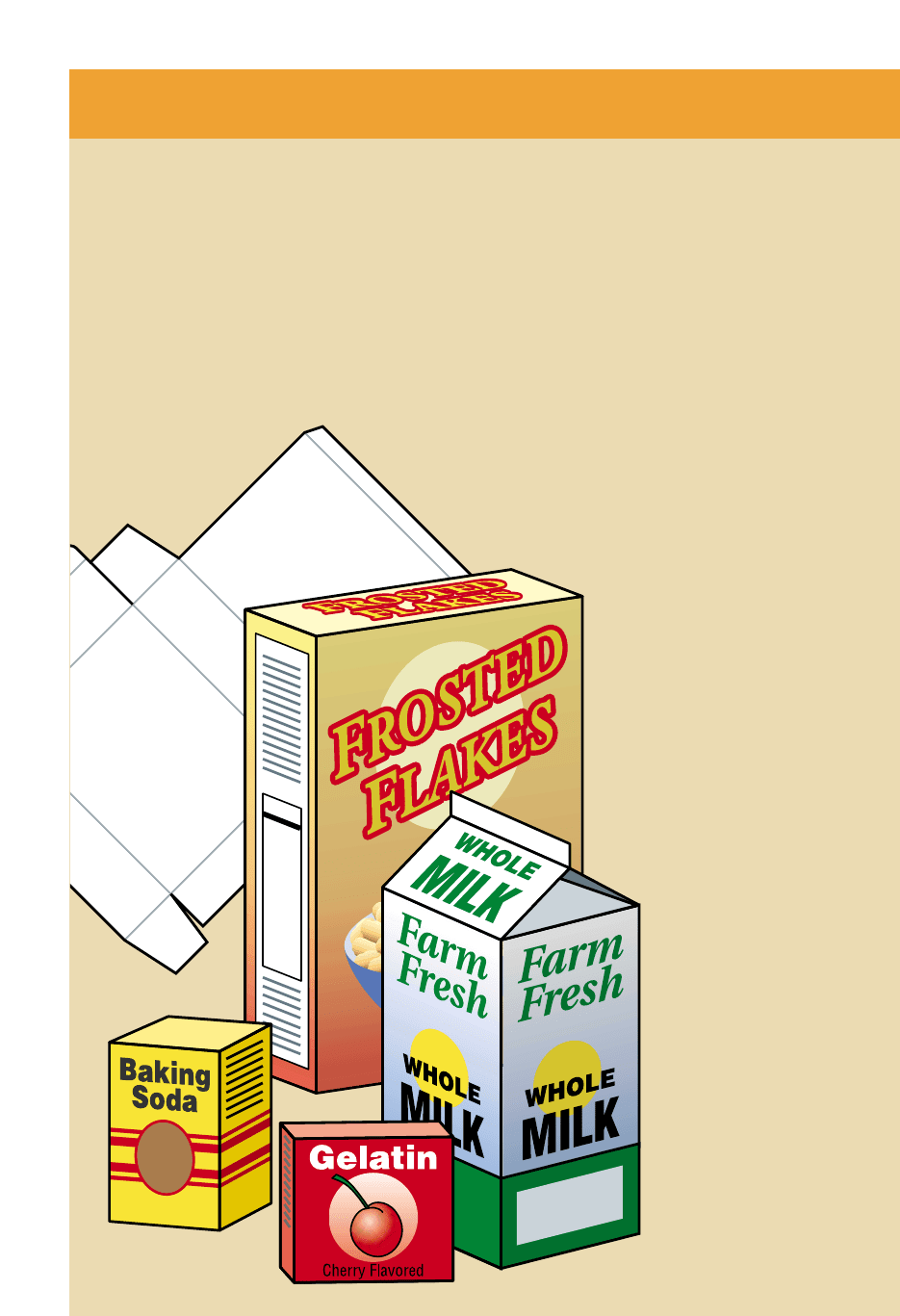
FLEXOGRAPHY:
Principles & Practices
VOLUME
5
5th Edition
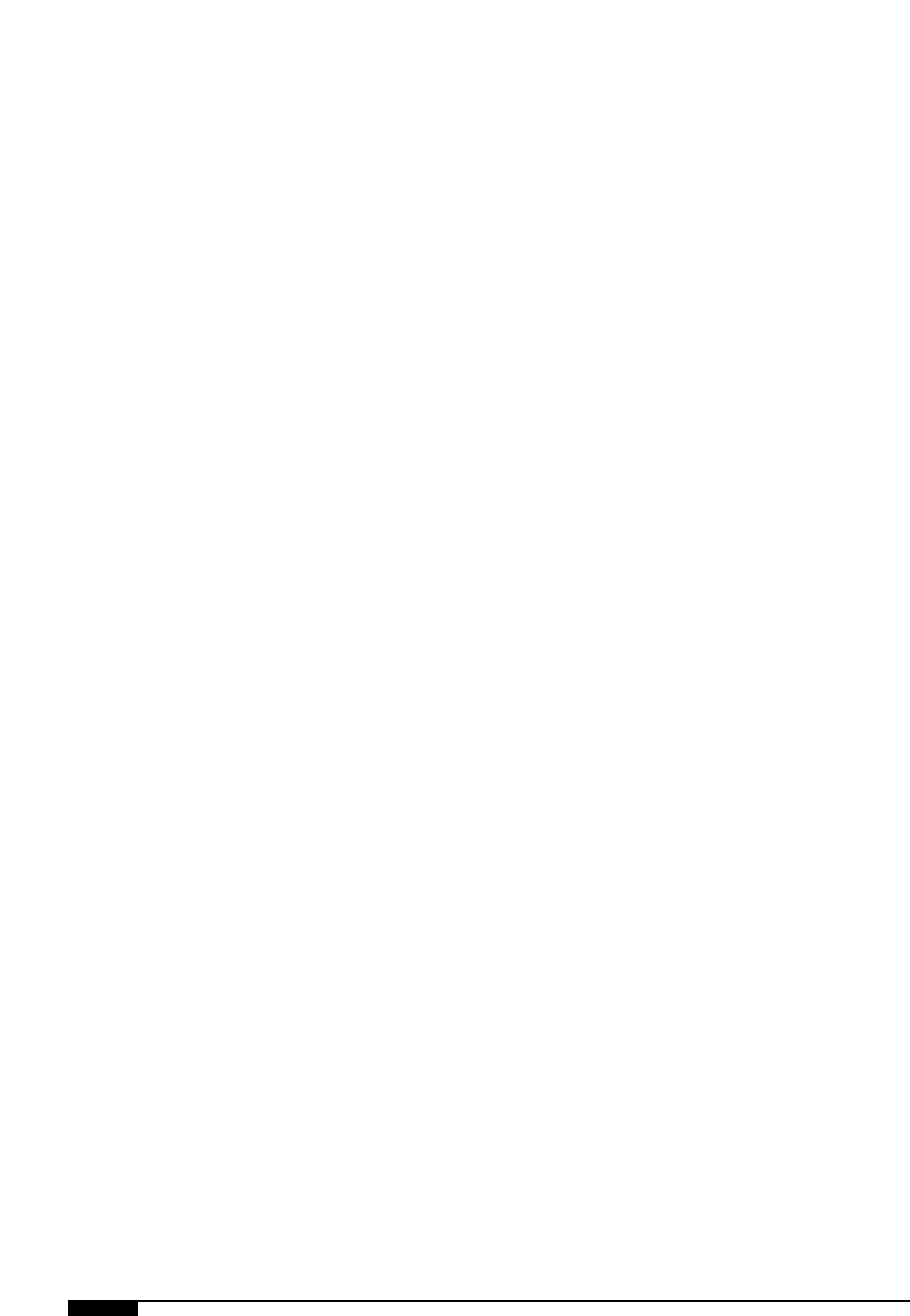
FLEXOGRAPHY: PRINCIPLES & PRACTICES
Flexography: Principles And Practices
Foundation of Flexographic Technical Association, Inc.
900 Marconi Avenue, Ronkonkoma NY 11772
TEL 631-737-6020 FAX 631-737-6813
Find us on the World Wide Web at:
http://www.fta-ffta.org
Copyright
©
1999 by the Flexographic Technical Association, Inc.
and the Foundation of Flexographic Technical Association, Inc.
Fifth Edition
Notice of Liability:
All rights reserved. No portion of this publication may be reproduced or transmitted in
any form or by any means, electronic, mechanical, photocopying, recording, or other-
wise, without the prior written permission of the publisher.
Notice of Liability:
The information in this book is distributed on an “as is” basis, without warranty.
While every precaution has been taken in the preparation of this book, neither the authors
nor the publisher shall have any liability to any person or entity with respects to any loss,
liability or damage caused or alleged to be caused, directly or indirectly by the informa-
tion presented in this book.
Published by the
Foundation of Flexographic Technical Association, Inc.
Printed in the United States of America
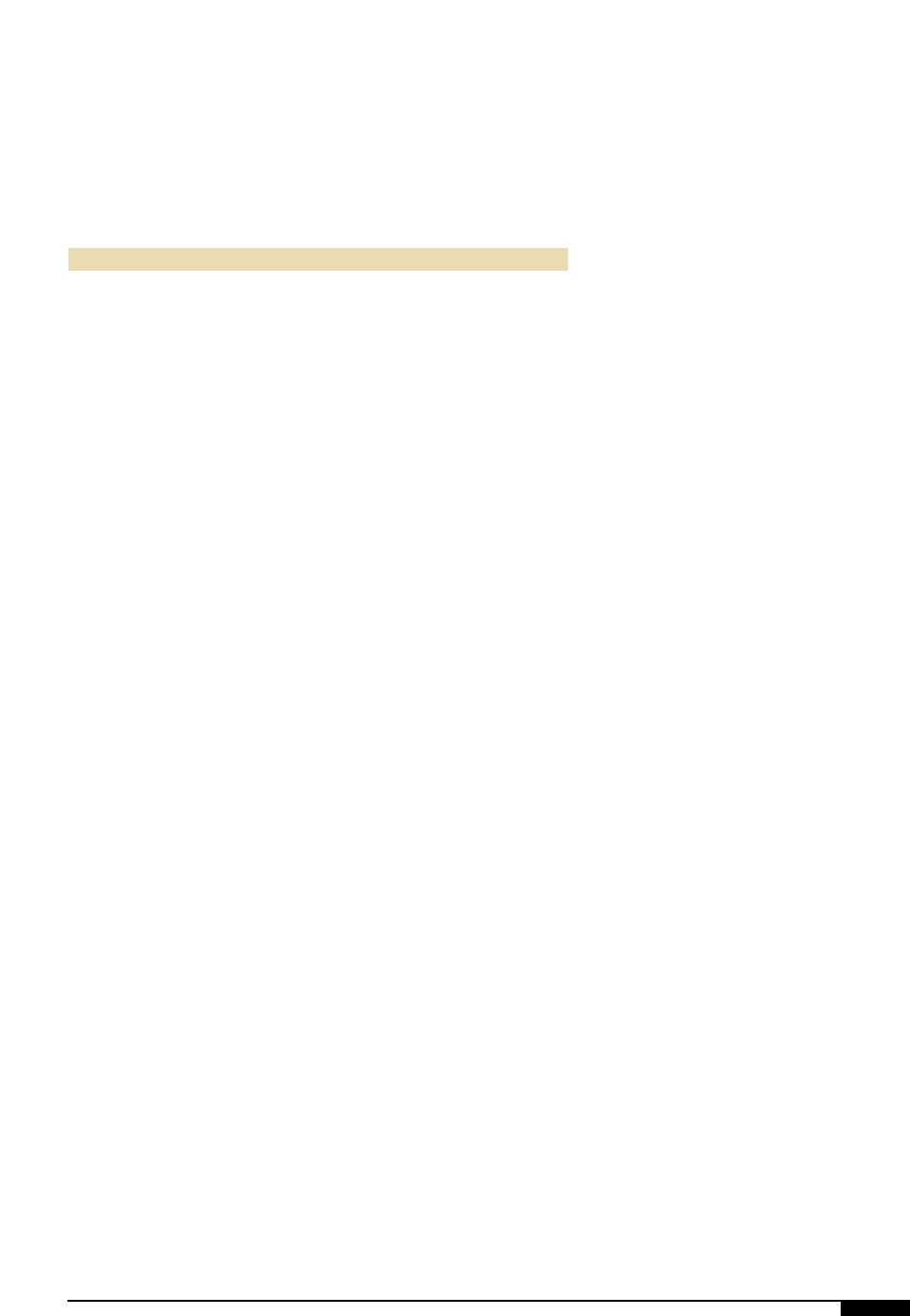
VOLUME 5
INK
INTRODUCTION 3
END-USE REQUIREMENTS 5
Applications..............................................................................6
End-use Questions to Ask.......................................................6
Range of Important Ink Properties........................................8
Market Segments......................................................................8
Corrugated Materials ........................................................8
Flexible Packaging............................................................9
Folding Cartons...............................................................10
Food Containers..............................................................10
Multiwall/Paper/Plastic Bags.........................................11
Tags and Labels................................................................12
Household and Office Paper Products.........................12
Publication /Commerical Printing.................................12
Testing End-use Properties...................................................13
INK FORMULATION 21
The Basics of Ink Technology..............................................21
Color..................................................................................21
Colorants ..........................................................................22
Dyes...................................................................................23
Pigments...........................................................................23
Inorganic Pigments..........................................................23
Organic Pigments ............................................................24
Extenders .........................................................................25
Miscellaneous Pigments.................................................27
Ink Vehicle ..............................................................................29
Resins................................................................................29
Solvents.............................................................................29
Additives...........................................................................33
Ink Characteristics.................................................................34
Ink Formulation and Selection ............................................37
Water-based Inks..............................................................37
Using Water-based Inks ..................................................40
UV & Electron-Beam Cured Inks ..................................41
Flexographic Ink Manufacturing Process ..........................42
Mixing ...............................................................................43
Dispersion.........................................................................43
Filtration...........................................................................45
Table of Contents

FLEXOGRAPHY: PRINCIPLES & PRACTICES
INK PREPRESS 47
Prepress Process....................................................................48
Ink-Room Design....................................................................48
Ink-Room Systems.................................................................49
Safety.................................................................................49
Color Standard.................................................................47
Proofing System...............................................................49
Inventory Control............................................................49
Usage Records.................................................................50
Information Systems.......................................................50
Color Management.................................................................50
Color Theory...........................................................................51
Light Source and Color...................................................51
Metamerism......................................................................52
Color Measurement...............................................................52
Perceptual-based Color Space
CIE—L*C*h° or L*a*b*...................................................53
Instruments.............................................................................55
Densitometer....................................................................55
Colorimeters.....................................................................56
Spectrophotometers........................................................56
Color-matching Theory..........................................................56
Color-matching Procedure....................................................57
Proofing Methods...................................................................59
Flexo Hand Proofer.........................................................59
Bar Proofer.......................................................................60
Laboratory Flexo Proofing Machine.............................60
Authenticating the Proofing System.............................61
Ink-assembly Options............................................................61
Pigmented Bases and Blend Varnishes.........................61
Single Pigment Finished Inks ........................................61
Matched Finished Inks....................................................62
Ink Blending............................................................................63
Software Capability.........................................................63
Gravimetric vs. Volumetric.............................................63
How to Adjust Tolerances.....................................................64
INK ON PRESS 67
Press Configurations.............................................................67
Ink-metering Systems............................................................68
Fountain-roll Doctoring .................................................68
Reverse-angle Doctor Blade...........................................71
Chambered Doctor Blade...............................................72
The Anilox Roll ......................................................................73
Anilox Nomenclature......................................................73
Mechanical Engraving.....................................................73
Ceramic-coated Anilox Roll...........................................74
Laser Engraving...............................................................74
Volumetric Carrying Capacity........................................75
Anilox Selection...............................................................77
Anilox Maintenance ........................................................79
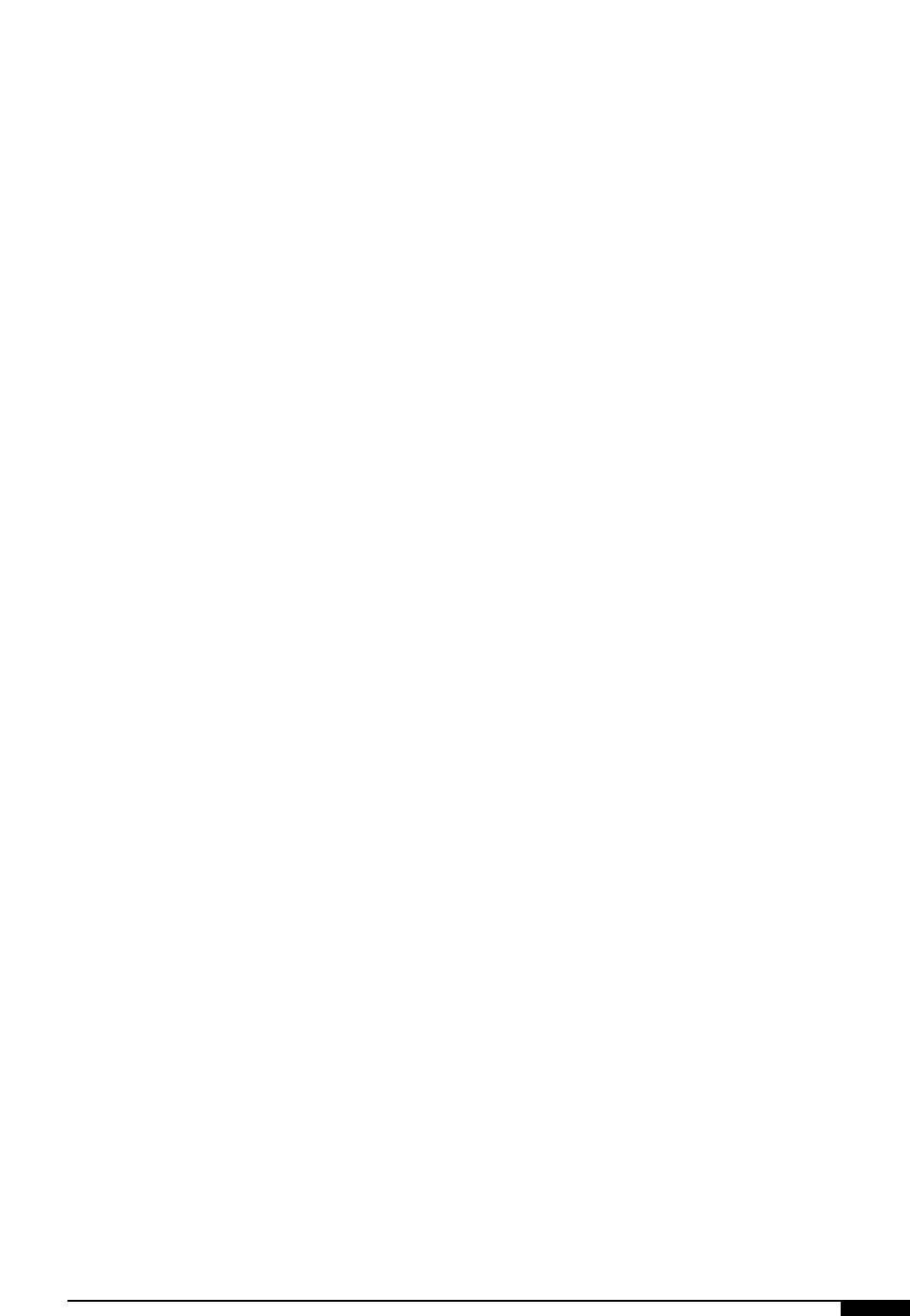
VOLUME 5
Ink Pumps...............................................................................80
Ink Sump Design..............................................................81
Press-side Ink Filtration.................................................81
Press Settings .........................................................................81
Dyne Level of Substrates................................................82
Tension Control ...............................................................84
Dryers................................................................................84
Press Speeds ....................................................................88
Rewind Tension ...............................................................88
Chill Rollers......................................................................89
Drying of Catalyzed Inks................................................89
Ink Viscosity...........................................................................90
Methods of Measurement...............................................91
Color Adjustment at Press.............................................92
Managing pH with Water-soluble Ink Systems...................93
What is pH........................................................................94
How pH is Measured.......................................................94
Adjusting pH.....................................................................95
Water- vs. Solvent-based Inks...............................................96
Climatic Effects......................................................................97
Humidity...........................................................................97
Temperature.....................................................................97
Air Circulation..................................................................97
Climatic Effects on Ink Blocking..................................98
Climatic Effects on Dirty Printing.................................98
Climatic Effects on Retained Solvents.........................99
Climatic Effects on Press Speeds..................................99
UV Flexo Inks.........................................................................99
UV Curing.........................................................................99
UV- vs. Solvent-based Inks...........................................100
Energy-cured Products........................................................102
Process Printing...................................................................103
Press Characterization..................................................104
Press Approvals....................................................................107
Print Quality...................................................................107
Ink Adhesion..................................................................107
Ink Color.........................................................................107
Ink Strength orOpacity.................................................108
Scratch Test....................................................................108
Print Register.................................................................108
Ink Gloss.........................................................................108
Ink Crinkle......................................................................108
Lamination Green Bonds..............................................109
Coefficient of Friction ..................................................109
Rub ..................................................................................109
Water Resistance ...........................................................110
Other Conditions...........................................................110
Substrates..............................................................................110
Substrate’s Effect on Color..........................................111
Ink Value Determination.....................................................112
Laboratory Method........................................................112
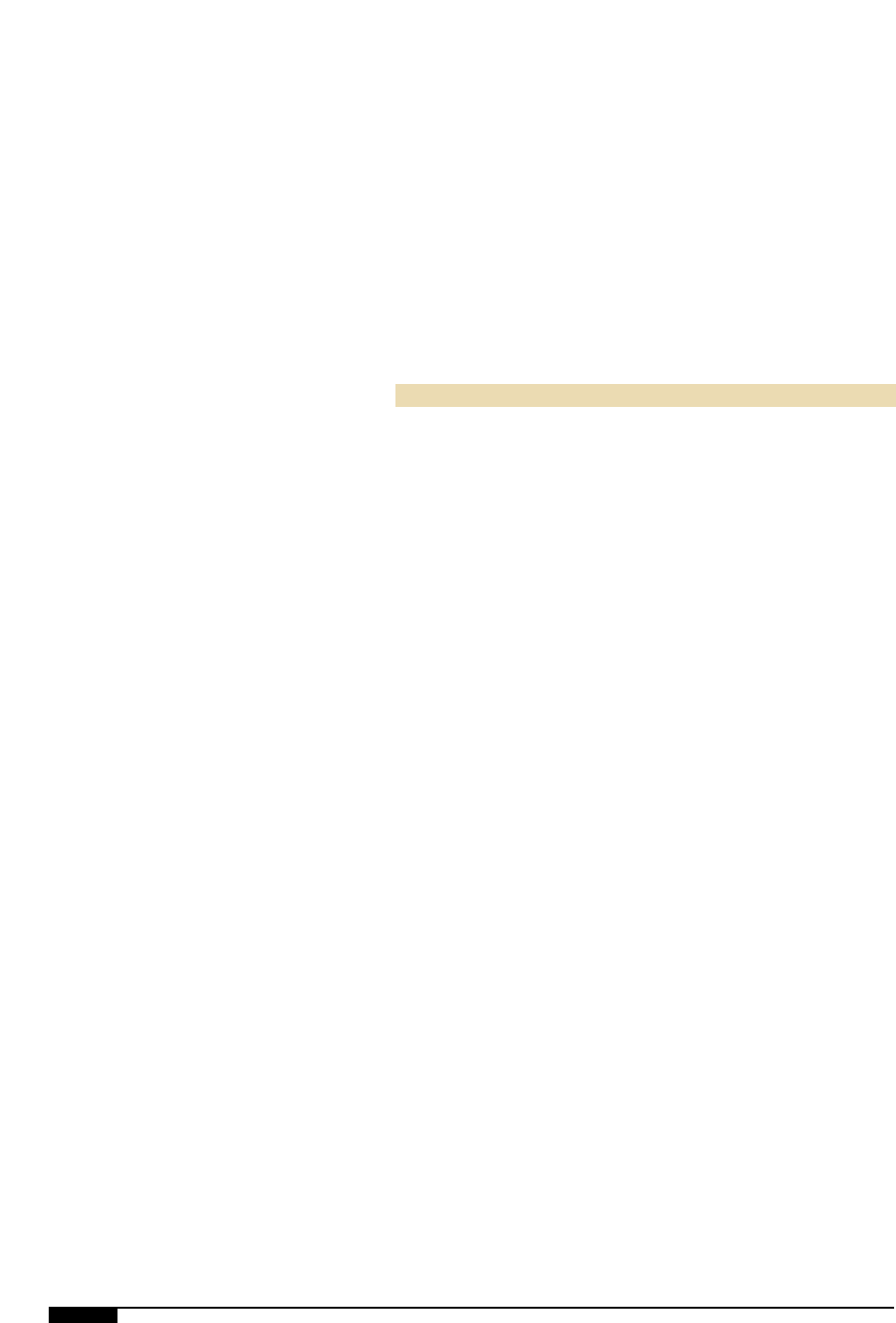
6 FLEXOGRAPHY: PRINCIPLES & PRACTICES
Historical Data...............................................................112
Material Blance..............................................................113
Application Variables...........................................................113
Value Enhancement.......................................................113
APPENDIX 115
A: Anilox Cell Volumes........................................................115
B: Press Log Book................................................................116
C: Press Ink Record.............................................................117
D: pH/Viscosity Record.......................................................118
E: Mixed Ink and Batch Assignment Log..........................119
F: Viscosity Conversion Guide...........................................120
SUBSTRATES
INTRODUCTION 119
PAPER AND PAPERBOARD 121
Manufacturing Process........................................................121
Production of Wood Pulp.............................................122
Paper Fibers...................................................................122
Recycled Fiber/Paper....................................................123
Fillers ..............................................................................124
Paper Properties ..................................................................124
Structural or Mechanical Properties...........................125
Surface Finish and Appearance...................................127
Chemical Properties......................................................128
Alkaline/Acid Paper.......................................................129
Coated Papers................................................................130
Roll Quality.....................................................................131
Paper andRoll Storage/Handling........................................131
Paper Finishes......................................................................132
Uncoated Paper Finishes..............................................132
Coated Paper Finishes..................................................132
Paperboard............................................................................133
Printing and Handling...................................................133
Types of Board...............................................................133
Label Stock...........................................................................134
Multiwall Bags......................................................................134
Envelope Paper....................................................................134
Glassine Paper......................................................................135
Physical Properties........................................................135
Printing and Handling Characteristics........................136
Tissue.....................................................................................136
CORRUGATED BOARD 137
Board Construction.............................................................137
The Medium....................................................................137
The Liner.........................................................................137
Combined Board Construction....................................138
Defects...................................................................................139
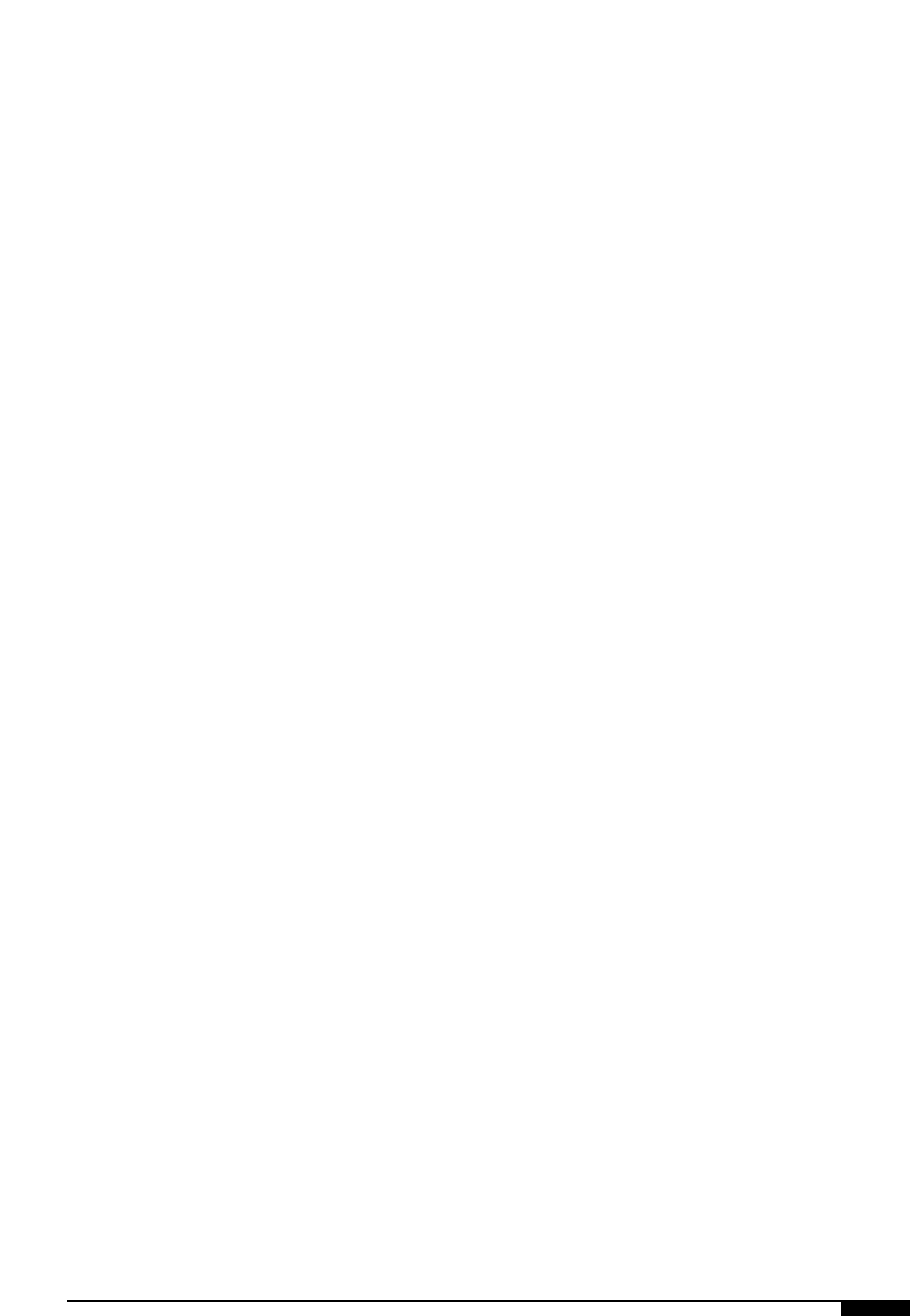
VOLUME 5
Flute Integrity ................................................................139
Caliper.............................................................................140
Washboarding.................................................................140
Blank Size.......................................................................140
Warped Board ................................................................141
Box Construction.................................................................142
Slotted Cartons..............................................................142
Die-cut Blanks and Containers....................................142
LAMINATES 145
Pressure-sensitive Coated Films........................................143
Facestocks............................................................................143
Polyvinyl Chloride (Vinyl)............................................143
Polyester.........................................................................144
Polystyrene.....................................................................144
Polyethylene...................................................................144
Polypropylene................................................................144
Pressure-sensitive Adhesive Systems................................145
Choosing a Release Liner.............................................145
Pressure-sensitive Paper.....................................................146
Physical Properties........................................................146
Printing and Converting Characteristics....................146
FOILS 145
Metallized Film.....................................................................149
Physical Properties........................................................149
Printing and Handling Characteristics........................149
Metallized Paper...................................................................149
Physical Properties........................................................149
Printing Characteristics...............................................150
Clear Metal............................................................................150
FILMS 151
Polyvinyl Chloride (PVC)....................................................151
Physical Properties........................................................151
Printing and Handling Characteristics........................151
Polyester................................................................................151
Physical Properties........................................................152
Printing Characteristics................................................152
Polypropylene ......................................................................154
Physical Properties........................................................154
Printing Characteristics................................................156
Polyethylene.........................................................................158
Physical Properties........................................................159
Printing and Handling Characteristics........................161
Cellophane............................................................................162
Physical Properties........................................................162
Printing Characteristics................................................163
APPENDIX
A: Tappi Test Methods – Paper...........................................165
– Paperboard ................................166
– Corrugated.................................167
